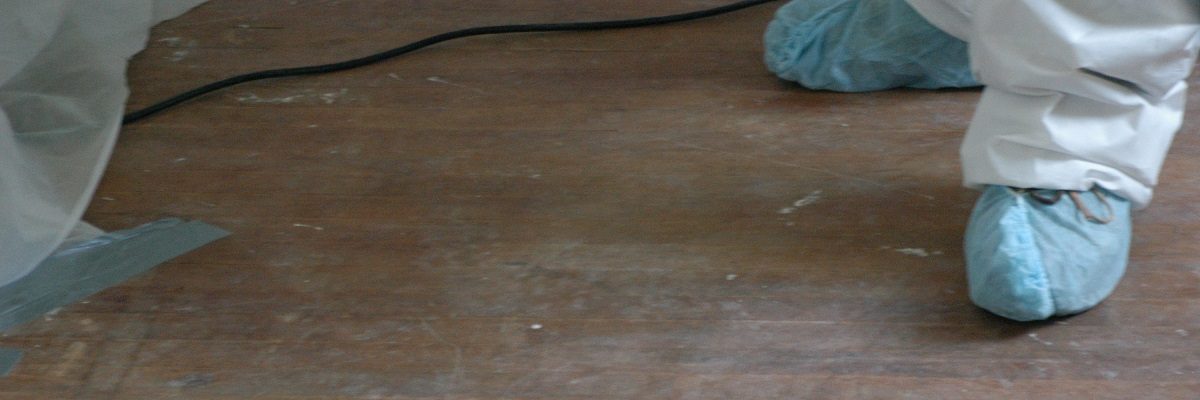New Research Shows that Weatherization Work Can Result in High Levels of Lead Dust
(Columbia, MD, July 15, 2007*) – Results from a study released this month show that the amount of dust created by typical weatherization work in older housing with lead-based paint is likely to be well above EPA safety standards. The study findings affirm the need for areas to be more thoroughly cleaned and tested after the work is completed.
The National Center for Healthy Housing (NCHH), with funding from the U.S. Department of Energy‘s (DOE) Oak Ridge National Laboratory (ORNL) and support from Battelle, partnered with state weatherization programs in Rhode Island and Maryland and with local agencies in Indianapolis, IN, to conduct a study of the effect of weatherization activities on levels of lead in
settled dust in homes.
To the extent possible, weatherization activities were conducted as they routinely would have been in the absence of the research study, and residents were not required to vacate homes during weatherization work or study data collection. Samples for lead dust were collected before and after the weatherization work. Two kinds of weatherization work were studied: activities that were expected to generate leaded dust during work (e.g., cutting holes in walls/ceilings) and activities that were expected to disperse existing leaded dust into the air during work (e.g., blower door tests that are used to identify air leaks in homes).
Study results showed that a substantial amount of leaded dust is generated during various weatherization activities. When these activities were conducted, 34% of floor samples and 61% of windowsill samples exceeded EPA action levels. These findings suggest that contractors need to exercise care when removing the plastic sheeting used to collect dust and debris and need to more thoroughly clean areas after the plastic is removed. Performing a lead-dust test (called a “clearance examination”) would provide homeowners with a greater sense of security that the
work was done safely.
The dust dispersion findings suggested that when EPA action levels were exceeded, the dust lead loadings were generally of concern prior to the test. However, even in homes that already tested high for lead, test results where typically higher after the weatherization work. Simply stated, when the contractors worked on dirty units, they tended to clean up the dust, reducing dust lead levels. However, when they were in “safe” units, they made things worse.
The dust dispersion results for floors suggest that in an older home with deteriorated lead-based paint, workers must use extra caution when performing dust dispersion activities. For example, alternative engineering controls could be used such as positive pressure (reversing the wind direction) for blower door testing. Based on the results of this study, it is clear that weatherization work creates and exacerbates lead hazards. However, proper cleaning and postwork testing can greatly diminish the hazards.
*Upload note (March 5, 2020): The actual date of this press release is unknown and has been assigned “July 15.”
View the original press release.
###
About the National Center for Healthy Housing
The National Center for Healthy Housing (NCHH) is the only national nonprofit organization dedicated to developing and promoting practical measures to protect children from residential environmental hazards while preserving affordable housing. NCHH develops scientifically valid and practical strategies to make homes safe from hazards, to alert low- income families about housing-related health risks, and to help them protect their children. NCHH also works with governmental and nongovernmental organizations to develop standards and programs and guide their implementation through insurers, lenders, federal and state laws and regulations, community organizations, and the courts.
Related
National Center for Healthy Housing (2007, March 14). Analysis of Lead-Safe Weatherization Practices and the Presence of Lead in Weatherized Homes: Final Report. Columbia, MD: Author.
